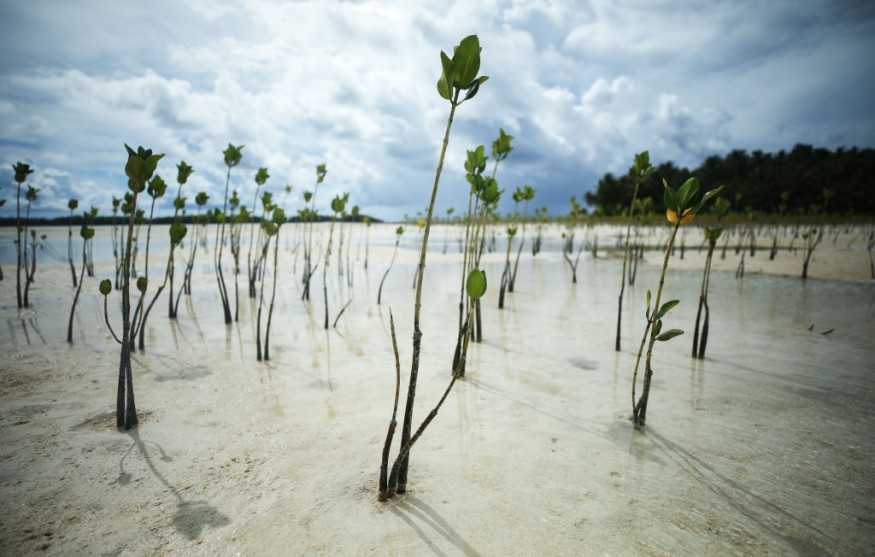Preserving mangrove populations around the world is essential for protecting coastlines from storms, floods, and erosions. Researchers worked with the NASA/U.S. Geological Survey Landsat program to create a map that shows altering mangrove habitats around the world from 2000 to 2016.
Mangroves are trees and shrubs that thrive in tropical and subtropical coastlines, growing in wet and warm soils. The new study in the journal Global Change Biology revealed how much mangrove loss there has been within 16 years.
Although natural mangrove habitats have losses due to extreme weather and erosion, the decline is slower than human activity. Farming and aquaculture contribute to the rapid decline of mangrove populations around the world.
For this reason, conservationists and resource managers have been trying to prevent massive losses or develop new mangrove habitats. The newly developed map can also help researchers analyze the impact of carbon cycles caused by global warming since tropical soils absorb about 30 percent of the atmosphere's carbon emissions.
Vital Role of Mangroves
Ten years ago, about 53,000 square miles of coasts were full of mangroves. Most mangrove ecosystems are found in Southeast Asian countries, a natural defense against tropical storms.
Environmental scientist Lola Fatoyinbo Agueh at NASA's Goddard Space Flight Center explained the three essential environmental benefits of mangrove populations. The shrubs are efficient carbon sinks despite only making up about 3 percent of global forests. If they were wiped out, they would contribute to roughly 10 percent of carbon emissions and cause a shift in climate change.
Aside from protecting coasts from storm surges and erosion, they are also a safe sanctuary for many marine species. Fatoyinbo said, "because they are amphibious trees, their root structure protects the inland areas from the coast, and they also protect the coast from the inland areas because they're able to accumulate a lot of the soil that comes in from upstream or from the coast." The sediment that remains in the shrub roots can grow into new land, which counters erosion from rising sea levels.

However, the expansion of urban development, land clearing for agriculture, and the growing aquaculture industry have threatened mangrove forests for years. For example, mangroves in Indonesia have been cleared for shrimp and rice farms.
Mapping Mangrove Losses
The high-resolution man that Fatoyinbo and the team created was from the use of machine learning algorithms. A visual representation of mangrove losses can help experts plan how to restore and conserve tropical forests from both natural and human activities.
Within the 16-year period, about 1,300 square miles of mangroves were lost, a total of 2 percent. Sixty-two percent of the losses are attributed to farming and aquaculture, while the rest of the losses were from natural causes.

The Goddard team is hopeful that conservation efforts are increasing because of the growing awareness that mangroves are essential, especially since storms have caused a lot of economic damage. Liza Goldberg, an intern at Goddard, said, "But on the flip side, the decline in losses, especially in Southeast Asia, means that in many areas, there are simply no more mangroves to lose."
"The main takeaway," said Goldberg, "is that conservation and restoration efforts should continue to increase their focus on evaluating and mitigating natural threats." They are also working with nonprofit organizations and other groups to protect mangrove ecosystems.
READ: Study Finds 250 Mature Cherry Trees Can Absorb a Single Car's Carbon Emission
Check out more news and information on Climate Change on Science Times.
© 2025 ScienceTimes.com All rights reserved. Do not reproduce without permission. The window to the world of Science Times.












